Healing Together: Your Guide to Codependency Group Therapy
Do you feel like you are losing yourself in your relationships? Is your sense of worth tied completely to how much you do for others, leaving you feeling exhausted, resentful, and unseen? This relentless cycle of self-sacrifice is the hallmark of codependency, a deeply ingrained pattern that can quietly erode your identity and well-being. But you are not alone in this struggle, and more importantly, there is a powerful path toward healing. It’s a path you walk with others who truly understand.
Codependency group therapy offers a unique and transformative space to untangle these complex patterns. It’s more than just talking about problems, it’s a dynamic environment where you can rediscover your voice, rebuild your boundaries, and forge a new, healthier relationship with yourself and the world. This is where the silence breaks and the real work of recovery begins, surrounded by the profound power of shared human experience.

What Exactly Is Codependency?
Codependency is a learned relational pattern where an individual consistently neglects their own needs to prioritize the needs, wants, and problems of others. This behavior is often driven by a deep-seated need for approval and a fear of abandonment, leading to one-sided, unhealthy, and often exhausting relationships.
At its core, codependency is a disorder of a lost self. The codependent person’s identity becomes so enmeshed with another person, often someone struggling with addiction, chronic illness, or emotional immaturity, that they lose touch with their own feelings, desires, and personal goals. Their self-esteem is not generated from within but is instead dependent on being needed by someone else. This creates a painful paradox where they feel most valuable when they are sacrificing the most.
This dynamic is not an act of genuine love or altruism, though it can certainly feel that way. It is a compulsive behavior rooted in anxiety. The constant caretaking and problem-solving serve to manage the codependent’s own fear and to maintain a sense of control in a relationship that often feels chaotic and unpredictable. Over time, this erodes their own mental, emotional, and even physical health.

What are the common signs of codependency?
The most common signs of codependency include chronic people-pleasing, an inability to set or maintain healthy boundaries, and an intense fear of being rejected or abandoned. These core traits manifest in a variety of recognizable behaviors that impact every area of life.
You might find yourself saying “yes” when you desperately want to say “no,” simply to avoid conflict or disapproval. Your mood might fluctuate dramatically based on the mood of your partner or family member, feeling their anger as your failure or their happiness as your success. This is a classic sign of enmeshment, where emotional lines are blurred.
Another key indicator is a tendency to take on the role of the “rescuer” or “fixer.” You are drawn to people who need help, and you invest enormous energy into solving their problems, often at the expense of your own. This isn’t just kindness, it’s a compulsion. You might feel empty or purposeless if you don’t have a problem to solve or a person to save.
Furthermore, individuals struggling with codependency often have difficulty identifying their own feelings. When asked "How are you?" they might respond by talking about how their partner or child is doing. They neglect their own hobbies, friendships, and aspirations, pouring all their time and resources into the other person, leaving them feeling resentful yet unable to stop.

How does codependency develop?
Codependency typically develops from childhood experiences within a family system that was emotionally dysfunctional, repressive, or unsafe. It is a learned survival strategy that, while helpful in a chaotic childhood environment, becomes deeply maladaptive in adult relationships.
Often, the seeds are sown in a home where a parent struggled with addiction, mental illness, or a personality disorder. In such an environment, a child learns that their own needs are secondary and that their safety or stability depends on keeping the dysfunctional parent happy. They become a tiny caretaker, learning to read moods, anticipate needs, and suppress their own feelings to avoid causing trouble.
This pattern can also arise in families where emotions were not openly expressed or validated. If a child was taught that their feelings of sadness, anger, or fear were unacceptable, they learn to disconnect from their inner world. They seek external validation because they were never taught how to validate themselves, leading them to become exquisitely attuned to the needs of others as a way to feel worthy.
Essentially, the child learns that their value is conditional, it is based on what they do for others, not on who they are. This foundational belief is carried into adulthood, where they unconsciously recreate these familiar, painful dynamics in their romantic partnerships, friendships, and even professional relationships.

Why Is Group Therapy So Effective for Codependency?
It is effective because it directly counteracts the isolation and shame that fuel codependent behaviors by creating a community of shared experience and mutual support. In a group, individuals realize they are not alone in their struggles, which is a profoundly healing first step.
Codependency thrives in secrecy. The shame of feeling controlled by another person’s behavior, or of feeling unable to leave an unhealthy situation, keeps many people silent. A therapy group breaks this silence. Hearing your own confusing and painful experiences echoed in the stories of others provides immediate validation and reduces the powerful grip of shame.
Furthermore, the group setting acts as a social laboratory. It provides a safe and structured environment to practice the very skills that are underdeveloped in codependent individuals, such as setting boundaries, communicating assertively, and expressing vulnerability without fear of catastrophic rejection. This real-time practice is invaluable for building confidence and creating lasting change.

How does a group setting help you see your own patterns?
A group setting helps you see your own patterns through a process called "mirroring," where you recognize your own behaviors, thoughts, and feelings in the stories shared by other members. This external reflection can be incredibly illuminating, bypassing the denial that often accompanies codependency.
You might listen to someone describe their tendency to apologize for things that aren’t their fault, and suddenly, a lifetime of your own unnecessary apologies flashes before your eyes. Or you might observe how another member struggles to accept a compliment, forcing you to confront your own difficulties with receiving praise and acknowledging your self-worth. It’s often easier to see a pattern in someone else before we can admit it in ourselves.
The feedback from other group members and the therapist also provides a crucial reality check. When you describe a situation, others can gently point out the codependent dynamics you might be missing. They can challenge your rationalizations and help you see the connection between your caretaking actions and your underlying feelings of fear and anxiety, a connection you may have been avoiding for years.

Can you really learn new skills in a group?
Yes, you can absolutely learn and, more importantly, practice new interpersonal skills in a group therapy setting. The group is designed to be an active learning environment, not just a place for passive discussion.
The therapist will often introduce specific concepts and tools for recovery. These can include communication techniques like using "I" statements to express feelings without blaming others, or frameworks for understanding and setting healthy boundaries. The group then becomes a space to workshop these skills.
For example, the therapist might facilitate a role-playing exercise where one member practices saying "no" to an unreasonable request from another. This allows the person to experience the anxiety of setting a boundary in a safe context and to receive immediate, supportive feedback. Through this repeated practice, new neural pathways are formed, making it easier to apply these skills in the high-stakes situations of real life.
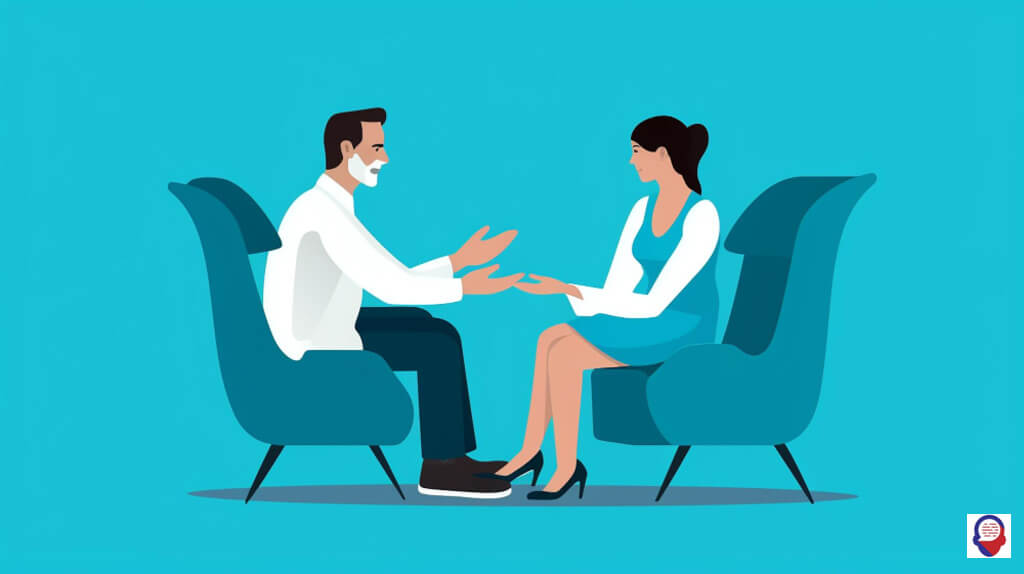
Is it safe to be vulnerable in a group?
A professionally facilitated therapy group is designed to be one of the safest places to be vulnerable. Safety and confidentiality are the foundational pillars upon which the entire therapeutic process is built.
Before the group even begins, the therapist establishes clear and strict ground rules that every member must agree to. The most important rule is confidentiality, what is said in the group stays in the group. This creates a sacred container where members feel secure enough to share their deepest fears and hurts.
The therapist’s role is crucial in maintaining this safety. They actively manage the group dynamics, ensuring that all interactions are respectful and constructive. They intervene if a conversation becomes judgmental or unhelpful, and they guide members to offer support rather than unsolicited advice. This structure allows vulnerability to lead to connection and healing, not further harm.

What Can You Expect in a Codependency Therapy Group?
You can expect a structured and confidential meeting, typically lasting 60 to 90 minutes, led by a qualified mental health professional. The session is a dedicated time for members to share their experiences, offer support, and learn healthier ways of relating to themselves and others.
A typical session might begin with a brief check-in, where each member has a chance to share how their week has been or to identify a specific issue they want to discuss. This opening round helps to center the group and set the agenda for the session, which is often a blend of processing current life events and exploring specific therapeutic themes related to codependency.
The core of the session involves members sharing more deeply, with the therapist facilitating a supportive and insightful discussion. The focus is not on "fixing" each other but on listening with empathy and sharing one’s own related experiences. The session usually concludes with a check-out, where members reflect on what they’ve learned or what they’re taking away from the meeting.

Who leads the group?
The group is led by a licensed and experienced therapist, counselor, or psychologist who has specialized training in group therapy and a deep understanding of codependency and relational trauma. This professional is often referred to as the facilitator.
The facilitator’s role is multifaceted. They are not just a participant but the guardian of the group’s therapeutic process. They establish and maintain the rules of engagement, ensuring the environment remains safe, respectful, and focused on recovery. They are responsible for guiding the conversation, preventing any one person from dominating the time, and encouraging quieter members to participate when they feel ready.
Crucially, the therapist provides psychoeducation, offering expert knowledge about the origins and patterns of codependency. They introduce therapeutic concepts, teach practical coping skills, and help members connect their personal stories to broader psychological principles. Their expertise ensures the group is more than a support circle, it is a genuine therapeutic intervention.

What are the ground rules for the group?
The ground rules, or group norms, are a set of clear agreements that create the safe and respectful structure necessary for therapeutic work. These rules are established by the therapist at the beginning and are upheld by all members throughout their time in the group.
Confidentiality is the paramount rule, ensuring that personal stories shared within the sessions are never discussed outside the group. Another key rule is to use "I" statements, encouraging members to speak from their own experience ("I feel hurt when…") rather than making generalizations or blaming others ("You always…"). This fosters personal responsibility and reduces defensiveness.
Other common rules include "no cross-talk," which means not interrupting or directly responding to another member with advice, but rather sharing one’s own experience as it relates to the topic. Punctuality and regular attendance are also emphasized, as consistency is vital for building trust and cohesion within the group. These rules collectively create a predictable and secure space for healing.

How long do sessions last and how often do they meet?
Codependency group therapy sessions typically last for 90 minutes and meet once a week. This regular, consistent schedule provides the structure and momentum needed for effective therapeutic work.
The 90-minute format allows enough time for each member to have an opportunity to check in, for deeper exploration of one or two members’ issues, and for a concluding summary or check-out process. Meeting weekly ensures that the progress and connections made in one session are carried into the next, preventing the group from losing its therapeutic energy.
Groups can be either "open" or "closed." An open group allows new members to join at any time, providing a constant flow of new perspectives. A closed group starts with a set number of members who commit to attending for a specific duration, such as 12 or 16 weeks. This format can foster a deeper level of trust and intimacy as the same members journey together from start to finish.
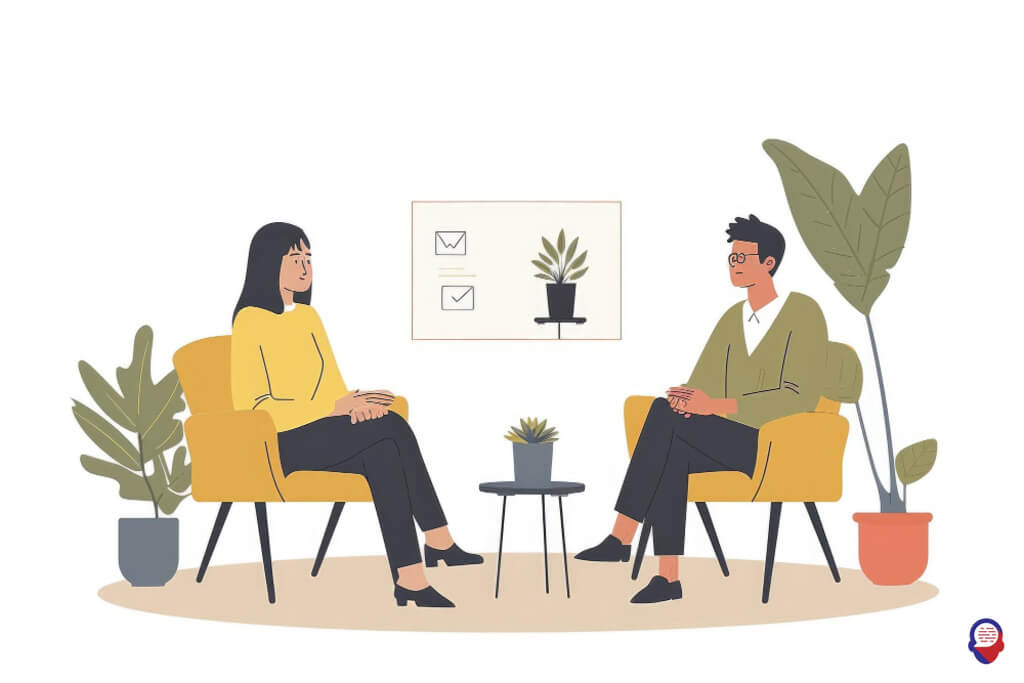
How Do You Prepare for Your First Group Session?
You prepare for your first group session by managing your expectations and setting a simple intention for yourself. It is completely normal to feel a mix of anxiety, apprehension, and even a little excitement before walking into a new therapeutic environment.
Acknowledge your nerves as a natural part of trying something new and vulnerable. Remind yourself that everyone else in the room likely feels or has felt the same way. You do not need to prepare a dramatic story or have a profound insight ready to share. Your only job in the first session is to show up and be present.
Before you go, take a few moments to think about what you hope to gain from the experience. Perhaps your intention is simply to listen and observe. Maybe it’s to have the courage to say your name and one thing you’re struggling with. Setting a small, achievable goal can help focus your energy and reduce feelings of being overwhelmed.
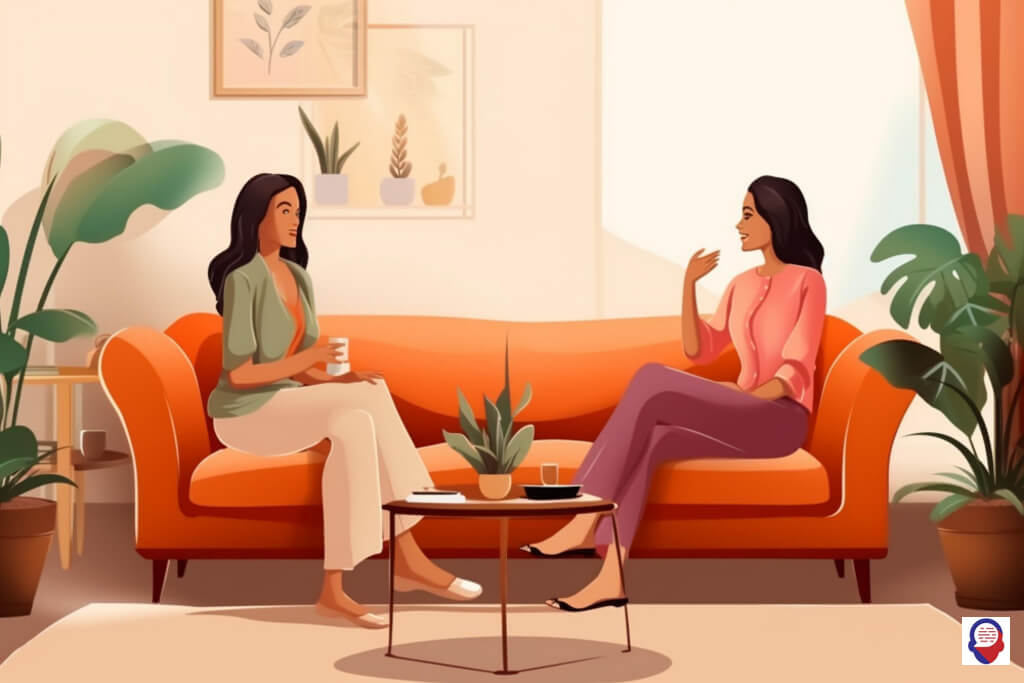
What should you think about beforehand?
Before your first session, it can be helpful to reflect on what brought you to consider group therapy for codependency in the first place. You don’t need to have all the answers, but gentle self-reflection can provide a starting point.
Consider the patterns in your relationships that cause you pain. Think about a recent situation where you felt you sacrificed your own needs, or where you struggled to say "no." Reflect on the feelings that accompany these behaviors, are you often left feeling resentful, anxious, or empty?
You might also think about your goals. What would your life look like if you weren’t burdened by these patterns? What would it feel like to have healthier boundaries or a stronger sense of self? Having a loose idea of your "why" can help you connect with the purpose of the group, even if you don’t share it right away.

Is it okay to just listen at first?
Yes, it is absolutely okay, and often encouraged, to just listen during your first few sessions. There is no pressure to share deeply until you feel safe and ready to do so.
Active listening is a powerful form of participation in itself. By listening to the stories of others, you are already engaging in the therapeutic process. You will be absorbing information, noticing similarities to your own life, and feeling the shared humanity in the room. This act of bearing witness is a vital part of the group’s function.
A good therapist will never force you to speak. They understand that building trust takes time. You can contribute simply by being present. When you do feel ready to share, you can start small, perhaps by agreeing with something someone else said or sharing a brief feeling. Your participation can and should happen at your own pace.
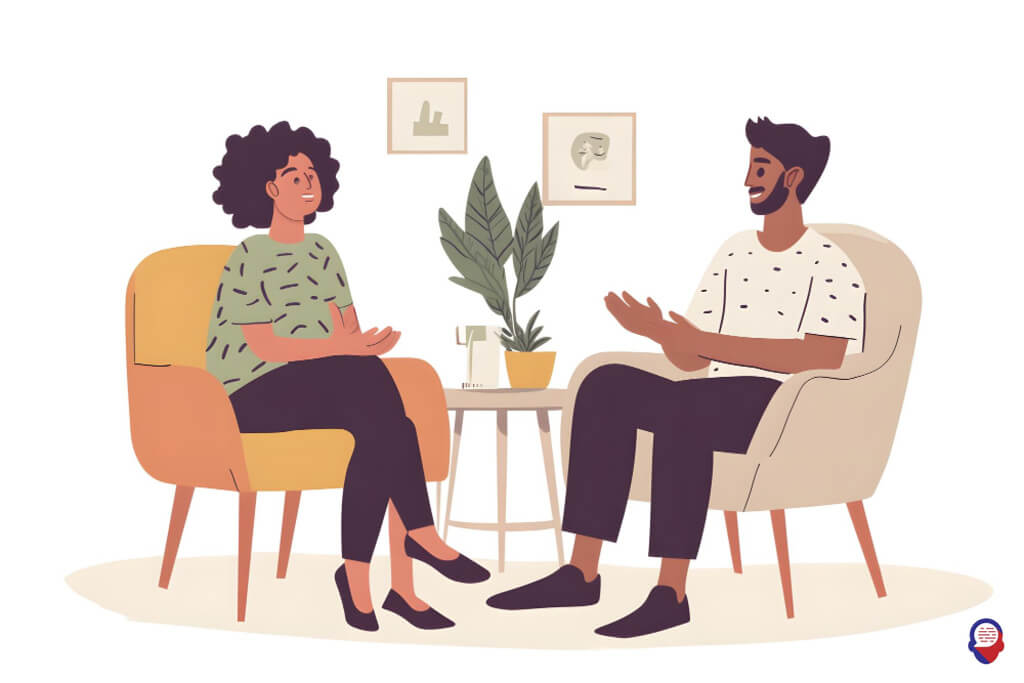
How Does Group Therapy Foster Lasting Change?
Group therapy fosters lasting change by providing a living, breathing practice field for new behaviors, which are then reinforced through peer support and accountability. This bridge between therapeutic insight and real-world application is what makes the changes stick.
In the group, you move beyond a purely intellectual understanding of codependency. You don’t just talk about setting boundaries, you actually practice setting them with other members in real time. You don’t just learn about assertive communication, you use "I" statements to express your feelings and needs within the session itself.
This experiential learning rewires your brain and your nervous system. Each time you successfully express a need or hold a boundary in the safety of the group, you build self-efficacy. You create a new memory of a positive outcome, which makes you more likely to try that behavior outside the group. The consistent support and encouragement from peers who are on the same journey provides the motivation to keep practicing, even when it’s hard.

How does building healthy relationships in the group translate to real life?
The healthy relationships you build within the group serve as a template for your relationships in the outside world. The therapy group becomes a microcosm of society, where you can safely unlearn old, dysfunctional relational habits and practice new, healthy ones.
As you learn to trust others in the group, express your authentic self, and both give and receive support in a balanced way, you are fundamentally changing your attachment patterns. You experience what it feels like to be in a relationship that is not based on rescuing or people-pleasing, but on mutual respect and genuine connection. This experience becomes your new baseline for what a healthy relationship should feel like.
When you encounter a difficult situation with a partner, family member, or colleague, you now have a new set of tools and a new emotional memory to draw from. You can recall how you handled a similar dynamic in the group, a memory that gives you the courage and the skill to respond differently than you would have in the past. You begin to seek out and cultivate relationships that mirror the health and respect you found in your group.

What happens after the group therapy ends?
After a course of group therapy ends, the goal is to continue integrating the skills and insights you’ve gained into your daily life. The end of the group is not the end of your recovery journey, but rather the beginning of a new chapter of self-aware living.
You leave the group equipped with a robust toolkit for self-care, boundary setting, and healthy communication. The work then becomes about consciously applying these tools on a consistent basis. You will be more attuned to your old patterns when they try to resurface and better able to choose a different response.
Many people find it helpful to have a plan for ongoing support. This might include continuing with individual therapy, joining a peer-led support group like Codependents Anonymous (CoDA), or simply staying connected with one or two trusted members from the therapy group. The journey of recovery is lifelong, and the group provides the foundation you need to walk it with confidence and self-compassion.
Frequently Asked Questions
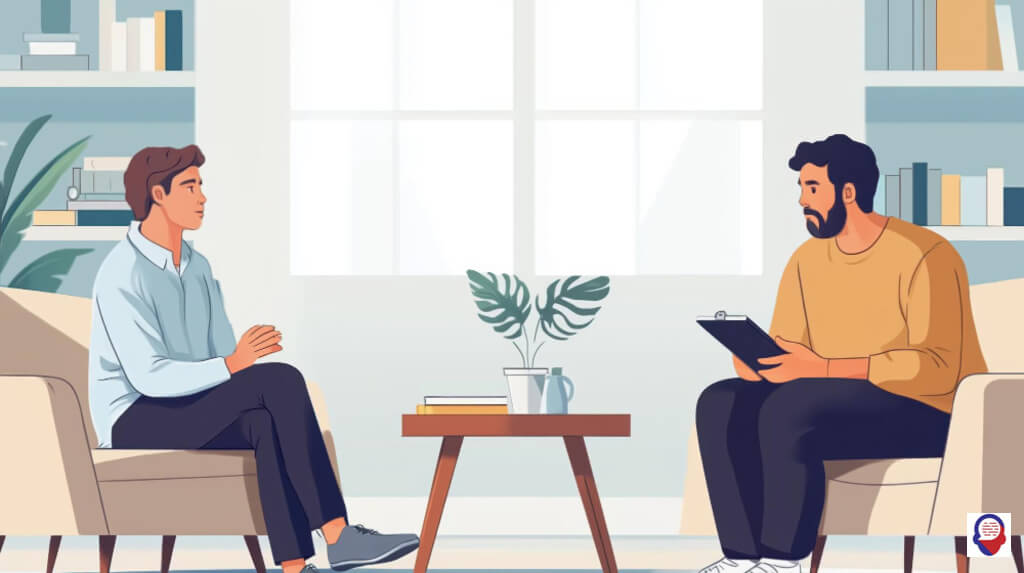
Is codependency group therapy the same as a support group like CoDA?
No, they are different but complementary. Codependency group therapy is a clinical intervention led by a licensed mental health professional who guides the process, teaches skills, and facilitates therapeutic work. A peer support group like Codependents Anonymous (CoDA) is led by its members, is non-professional, and is based on the 12-step model of recovery, offering fellowship and shared experience.

What if I see someone I know in the group?
This is a common concern, and therapists are trained to handle it. The facilitator will typically address this possibility at the outset. If you know someone, you may be asked to speak with the therapist privately to discuss whether you can both maintain objectivity and feel safe in the group. In some cases, it may be recommended that one of you find a different group to ensure maximum comfort and confidentiality for both parties.
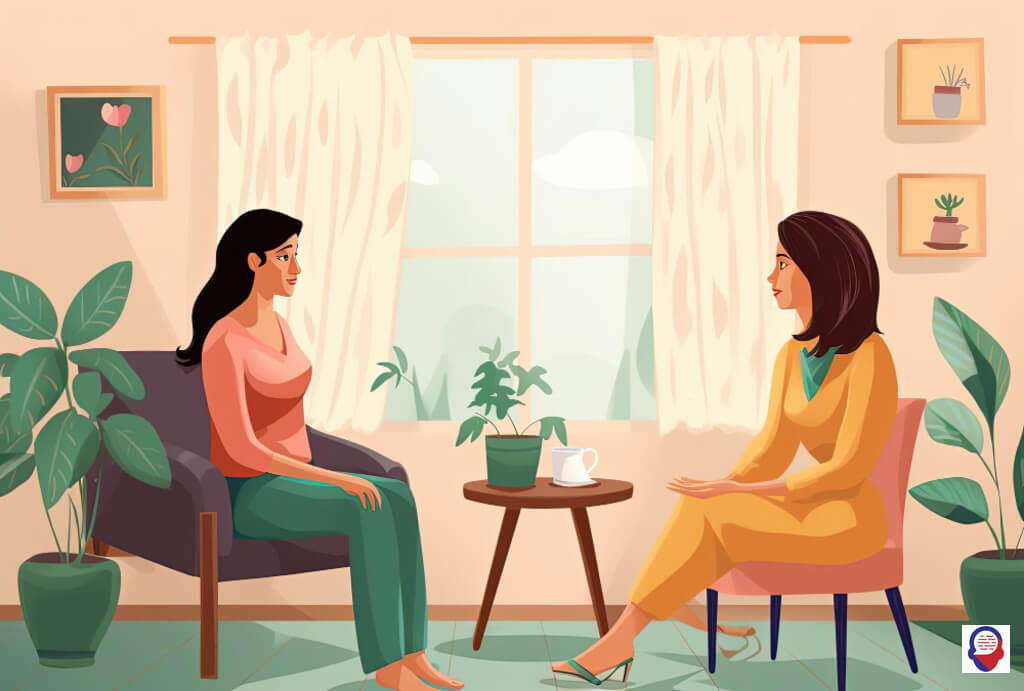
How much does it cost?
The cost of codependency group therapy varies widely depending on the therapist’s credentials, your geographic location, and whether it is run through a private practice, clinic, or hospital. It is generally more affordable than individual therapy. Some insurance plans may cover a portion of the cost, so it is always worth checking your benefits.

Do I need individual therapy too?
Many people find that a combination of individual and group therapy is the most effective approach. Individual therapy provides a private space to delve deeply into the personal origins of your codependency, such as childhood trauma. Group therapy then offers the perfect environment to practice the new skills and relational patterns you are learning, creating a powerful synergy for healing.
At Counselling-uk, we understand that the first step is often the hardest. The patterns of codependency can leave you feeling isolated and unsure of where to turn. We believe that healing happens in connection, and we are here to provide that safe, confidential, and professional space for you to begin your journey. You don’t have to untangle this alone. Reach out today to connect with a qualified therapist who can help you find the right support, whether in a group or one-on-one, and help you reclaim your life. Your journey to wholeness starts here.
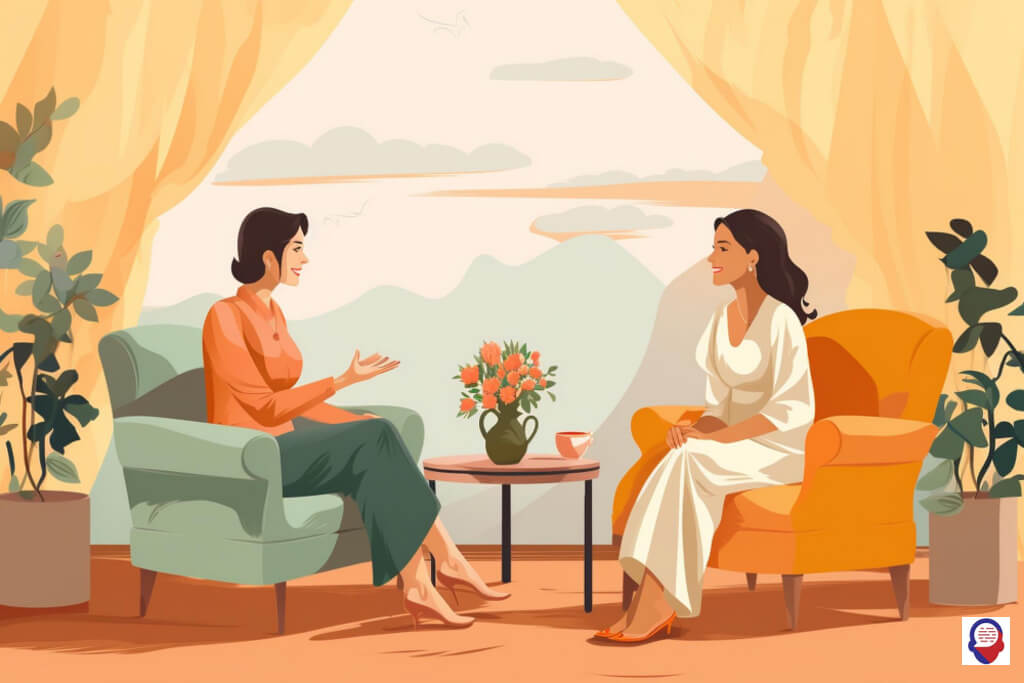




Codependency is a psychological condition in which individuals rely on others to define their sense of self-worth. It can be a difficult condition to manage and may lead to unhealthy relationships, mental health issues, and substance abuse. Group therapy can be an effective treatment for codependency, providing support from peers and professional guidance from a therapist. Here are some of the benefits of group therapy for codependency: